Queen Anne's Lace seeds for abundant Medicine, Food and Beauty
Queen Anne’s Lace – Daucus carota
Life cycle: Biennial / Ease of propagation: Easy / Hardiness zone: 4-8
Queen Anne’s Lace is the wild form of our domesticated carrot. If you have grown carrots before and you see Queens Anne’s lace you will recognize the similarity in leaves and flowers. But when you dig up her root there is really no mistaking the difference. Queen Anne’s lace is white and smaller in diameter than her domesticated counterpart. But Queen Anne’s lace’s flavor is very intensely carroty!
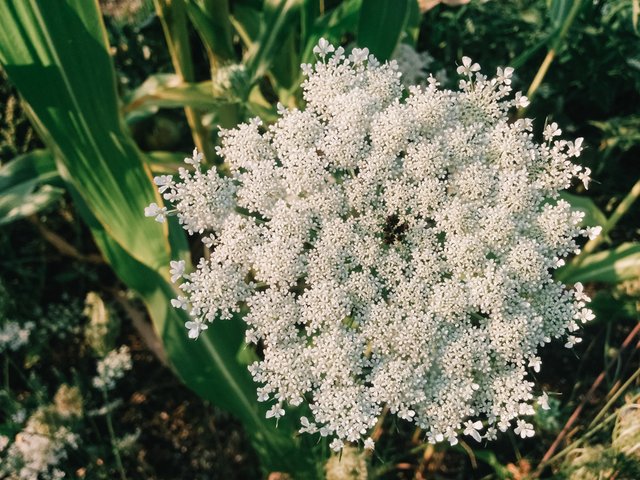
Foraging books caution wildcrafters to carefully identify Queen Anne’s lace from the poison Hemlock. The foolproof way is to smell the root. If it smells like a carrot, it is Queen Anne’s lace. When growing from true seed in the garden setting identification is not so much of a problem. Growing wild plants in a cultivated setting that you can visit every day is a great way to establish a relationship with the plants.
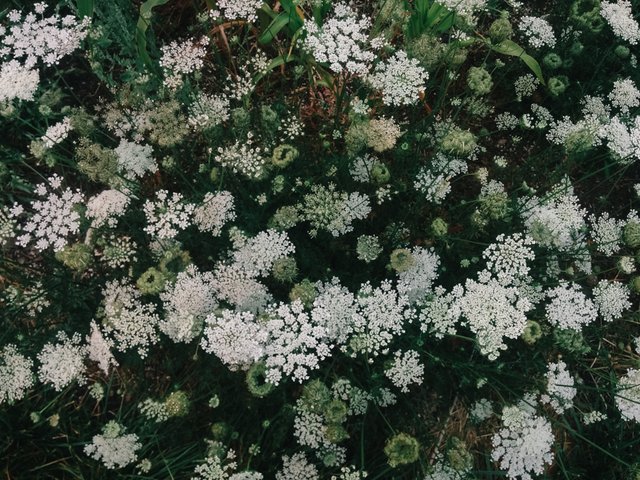
We are blessed to have Queen Anne’s lace growing in abundance around us and are happy to share the seeds with those that don’t and want to experience the wild carrot! A note of caution: Queen Anne’s Lace will cross readily with the Carrot. So if you are saving carrot seeds or your neighbor is, don’t allow your Queen Anne’s lace to go to seed at the same time, unless you want them to cross!
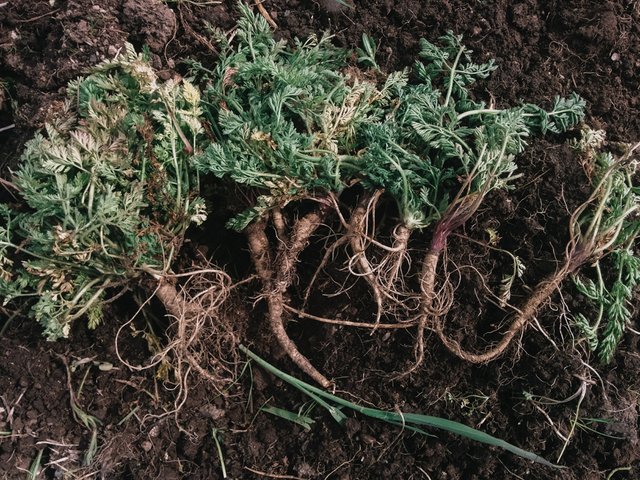
Queen Anne’s lace can be prepared as food much in the same way you would prepare a carrot. The roots are known to be a bit more fibrous and so chopping the Queen Anne’s Lace before cooking is recommended. I find Queen Anne’s Lace to be much more intensely carrot flavored than the carrots I am used to. I am guessing this is because they have less water content than carrots and so the roots are more concentrated in nature.
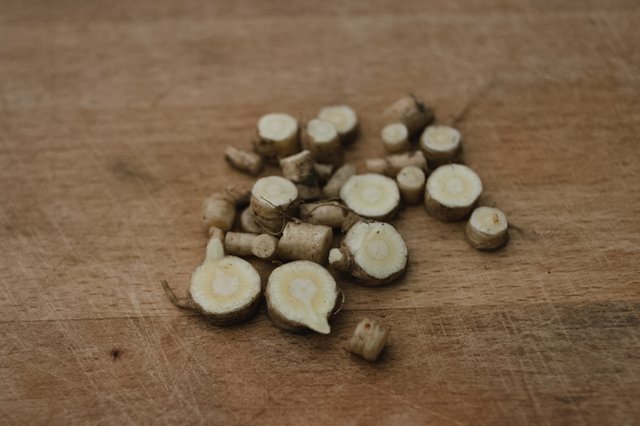
If you didn’t dig up all your roots and they start to bold the following year, try snipping off the flower stalk at the base before the flowers have bloomed and you have a tasty green carrot flavored vegetable. You’ll need to peel off the outer skin and then you are ready to cook the carrot sticks – try them fried in butter, roasted in olive oil or diced in your chicken noodle soup… or eat them raw if you are too hungry to wait!
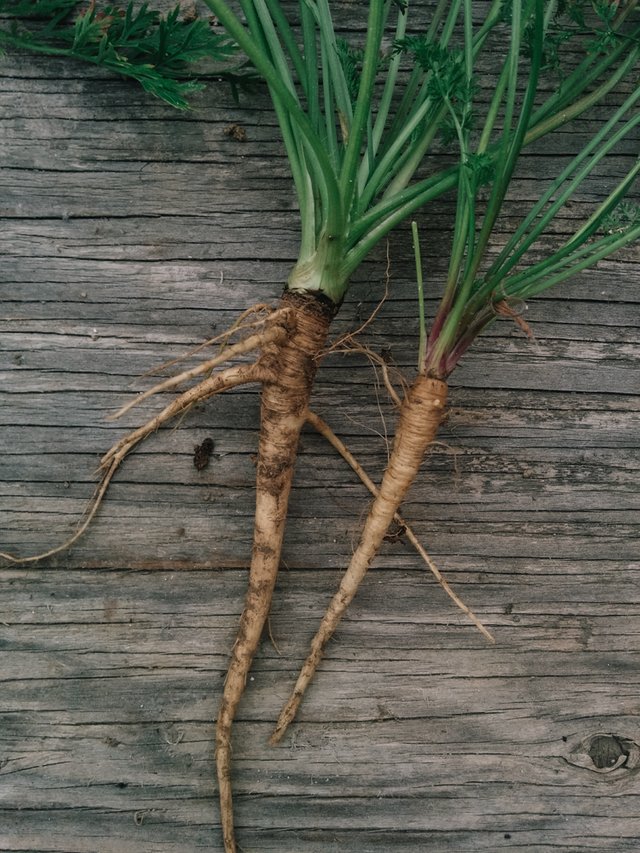
Then if you still have Queen Anne’s Lace blooming in your yard you might harvest the flowers and try dredging, breading and frying them like delicious carrot flavored fritters!
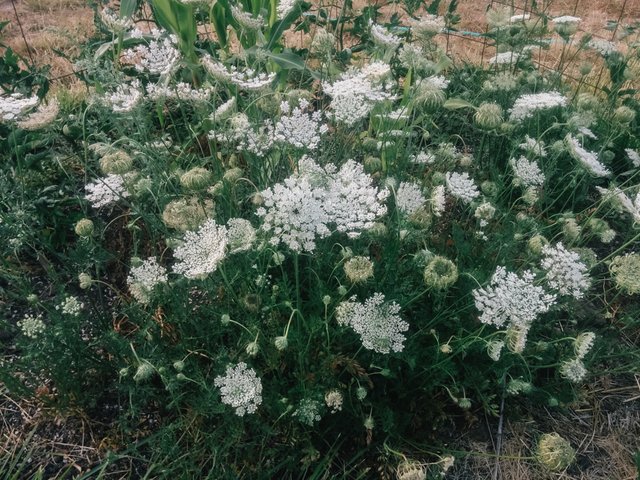
And then when the flowers you didn’t harvest go to seed you can collect the seeds to use for medicine (see notes below). The seeds have little hairs around them so you will want to use gloves and rub them in a screen or between your hands and winnow off the hairs.
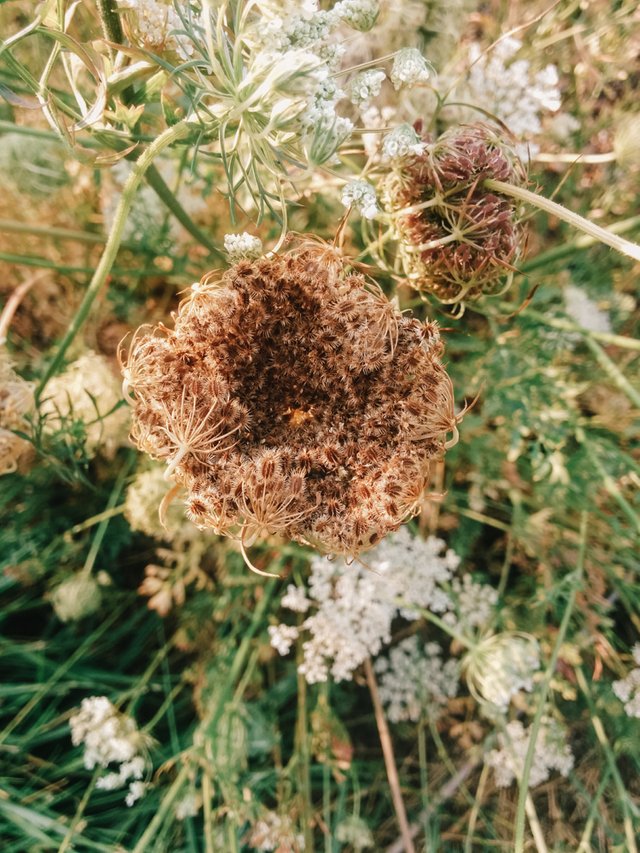
The blossoms of the plant can also be eaten
Medicinally, Queen Anne’s has a lot to offer. Its medicinal qualities are stronger and more concentrated than the domesticated carrot. Perhaps most notable of her medicinal qualities are the ability to help women regulate their reproductive cycles.
“Wild carrot (Daucus carota), better known as Queen Anne’s lace, is such a common roadside plant that most people are amazed to learn that it is a proven anti-fertility herb. In addition to being the wild cousin of carrot, it is related to parsley, dill, caraway, anise, celery, cumin, and a (now extinct) plant whose seeds were the birth-control of choice for many a classical Greek or Roman woman. The aromatic seeds of wild carrot are collected in the fall and eaten (a heaping teaspoonful a day) to prevent the implantation of a fertilized egg. In one small study the effectiveness rate after thirteen months of use was 99%. As modern scientific medicine reports that one-third of all fertilized eggs are passed out of the body without implanting in the uterus, this method of birth control seems in complete agreement with nature. Of the hundreds of women currently using this anti-fertility agent, I have heard virtually no reports of any side-effects.”
– Susun Weed, Feeling Frisky? Herbs for Fertility
“I was first taught about this herb by one of my students, Lise Wolff. She says that Queen Anne’s Lace seed helps slough the uterine membrane and regulate the menstrual cycle. It reduces heavy flow, excessive growth of the uterine membrane, and probably endometriosis. It seems to aerate the blood and prevent clotting and heavy flow in this manner as well. When used before, during or after the period it prevents conception by sloughing the membrane. However, after its use has been stopped, it will encourage conception because the menstrual cycle and uterine membrane are newly toned.”
– Matthew Wood, The Book of Herbal Wisdom
Queen Anne’s Lace seed and root are both a strong diuretic and is one of the best herbs to use for removing extra water from the body.
Queen Anne’s Lace can also help to remove kidney stones, gout and rheumatism.
Queen Anne’s Lace is carminative helps with digestion and treating flatulence in regards to difficulty with digestion.
Seeds available for purchase
Available for purchase with SBD exclusively at Homesteaders Co-op. Browse our catalog:
https://homesteaderscoop.com/store/seeds-of-abundance/
Sowing Instructions
Direct sow seeds 1/4-1/2 inch deep in early spring and keep soil moist until seeds have germinated. Can be succession planted throughout the season for staggered harvest. Sow in late summer / early fall for early spring harvest.
References
- Nature’s Garden, Samuel Thayer
- Feeling Frisky? Herbs for Fertility, Susun Weed
- The Book of Herbal Wisdom, Matthew Wood
- https://pfaf.org/user/Plant.aspx?LatinName=Daucus+carota
It looks like an amazing plant to have growing wild around you
Posted using Partiko Android
It sure is great :) I love seeing the blossoms in summer!
I have pink Queen Anne's Lace bred by a Master Gardener in CT. It has readily crossed with the white growing here. In this photo the foliage belongs to cleome. The QAL has typical ferny carrot like foliage.
i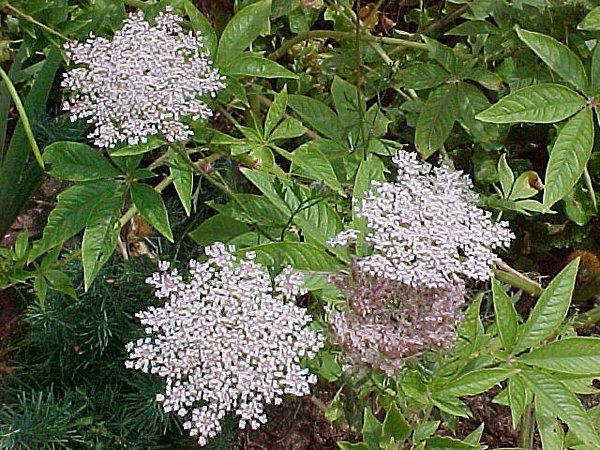
Thanks for that! I have never heard of pink Queen Anne's Lace before! Does it also have a small darker set of flowers in the middle of the larger umbel?
Yes, if you look carefully, 2 of the 3 flowers in photo have one.
Ah I see it now! Thanks!
That's an interesting read. I am hearing of this plan5 and it's properties for the first time. Carrots are common but this is unheard of
I am glad to share something new with you @nainaztengra :) These are essentially the same plant as carrots, just wild and not selected for traits!
Would never have thought to eat Queen Anne's lace! I do have carrot essential oil, which I now realise must come from this daucus carota. I'd never have thought to grow it as a crop. What a wonderful idea that fits into agricultural diversification.
We are seeing less of Queen Anne's Lace around here, I must say. My parts are mainly graced by that other dainty umbrella the hemlock - or probably more likely cow-parsley (aka wild chevril, Anthriscus sylvestris). The identification remains tricky without a good field guide!
Splendid post showing me the hidden (root) side of this long-time favorite - but I remain too confused about which flower to pick safely for a fritter!